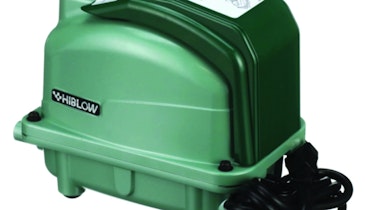Last month we discussed the responsibilities of the installer to ensure long-term operation of wastewater treatment systems. A good deal of the discussion centered on supplying information to homeowners so they have knowledge to make good decisions about the use of their systems....
You Installed a Quality Wastewater System. Now It Must Be Protected.
You want homeowners to take an active role in onsite system care? Share these tips to reduce water use and abuse.
Popular Stories
Discussion
Comments on this site are submitted by users and are not endorsed by nor do they reflect the views or opinions of COLE Publishing, Inc. Comments are moderated before being posted.





